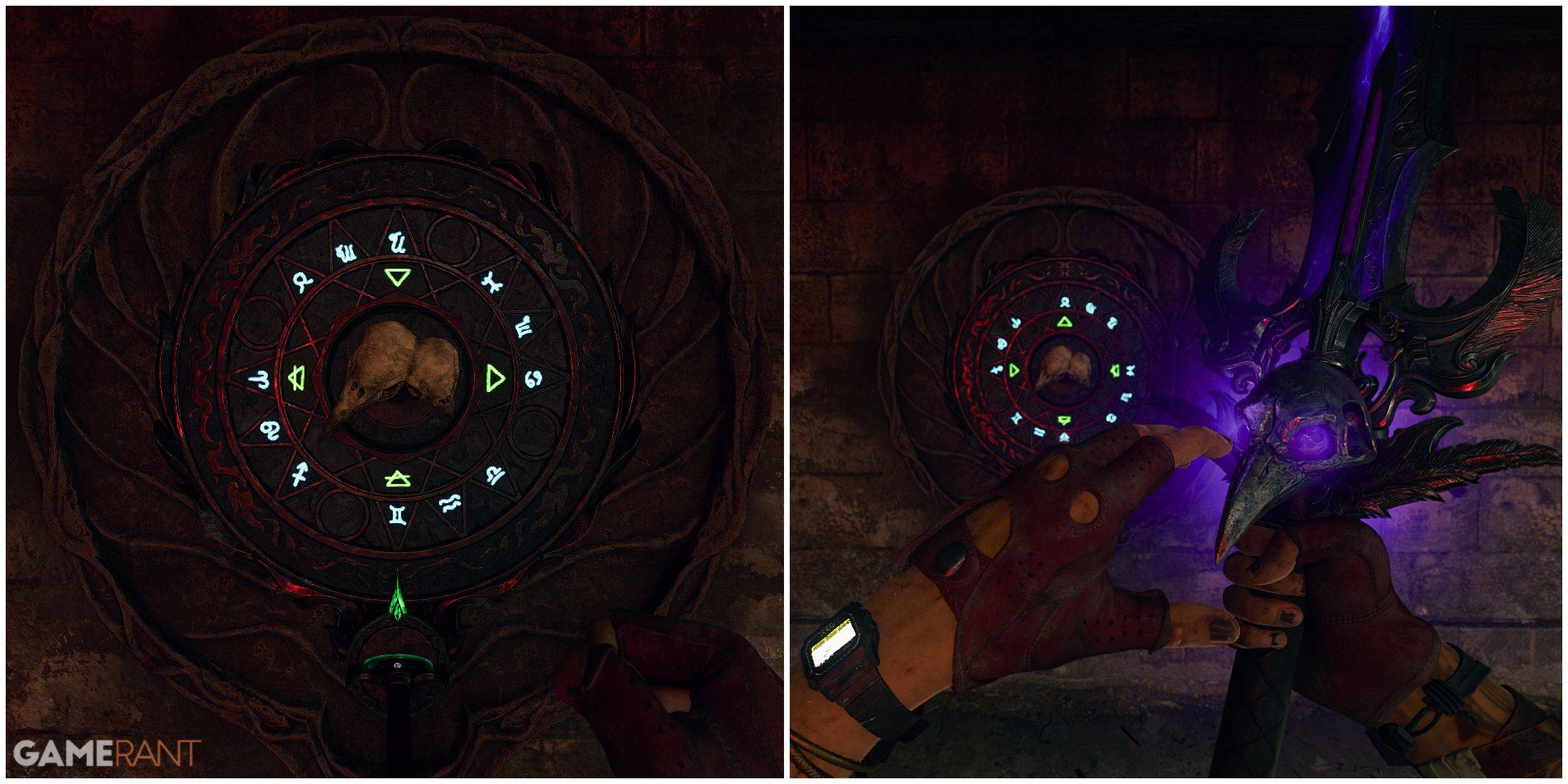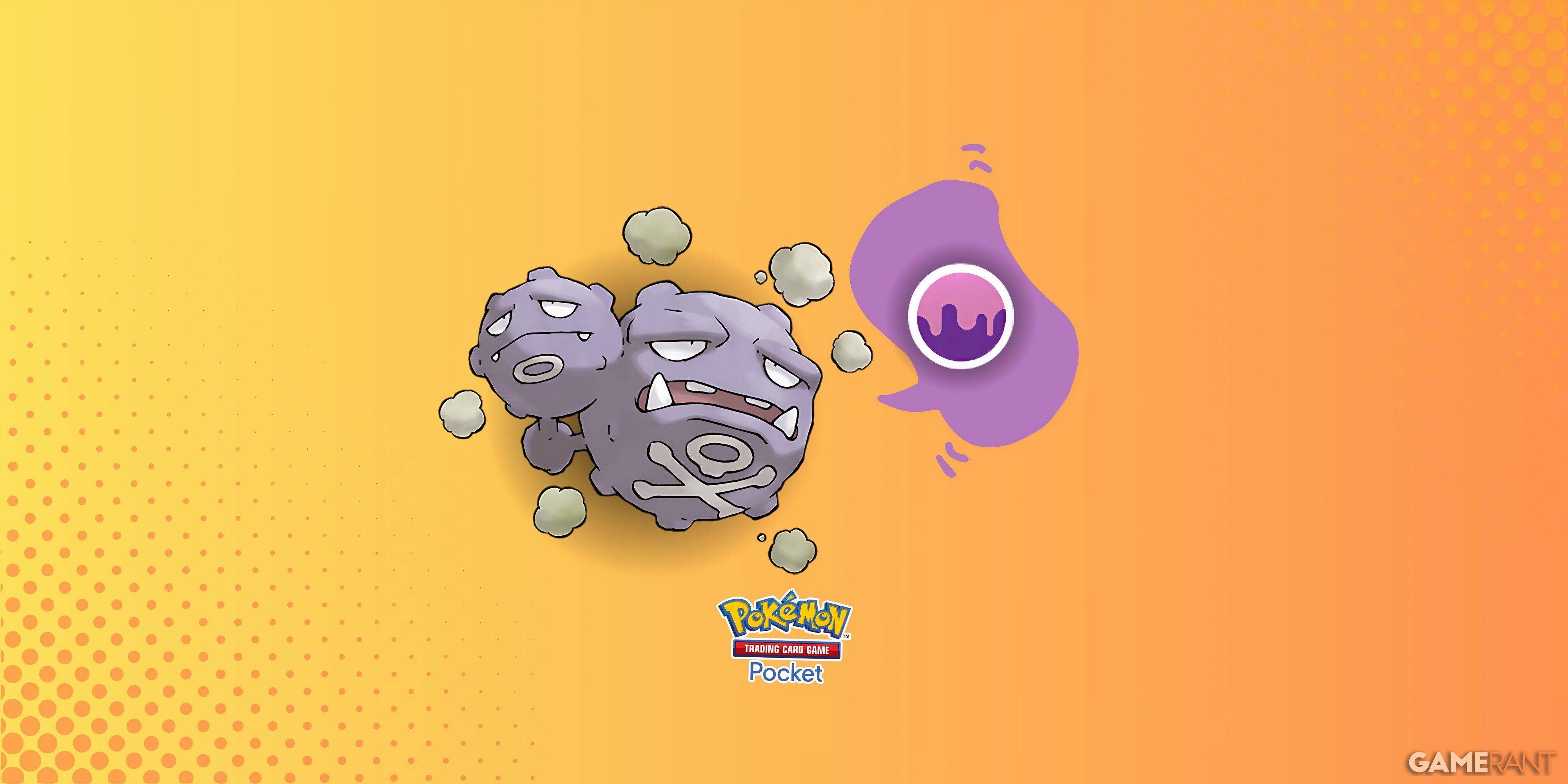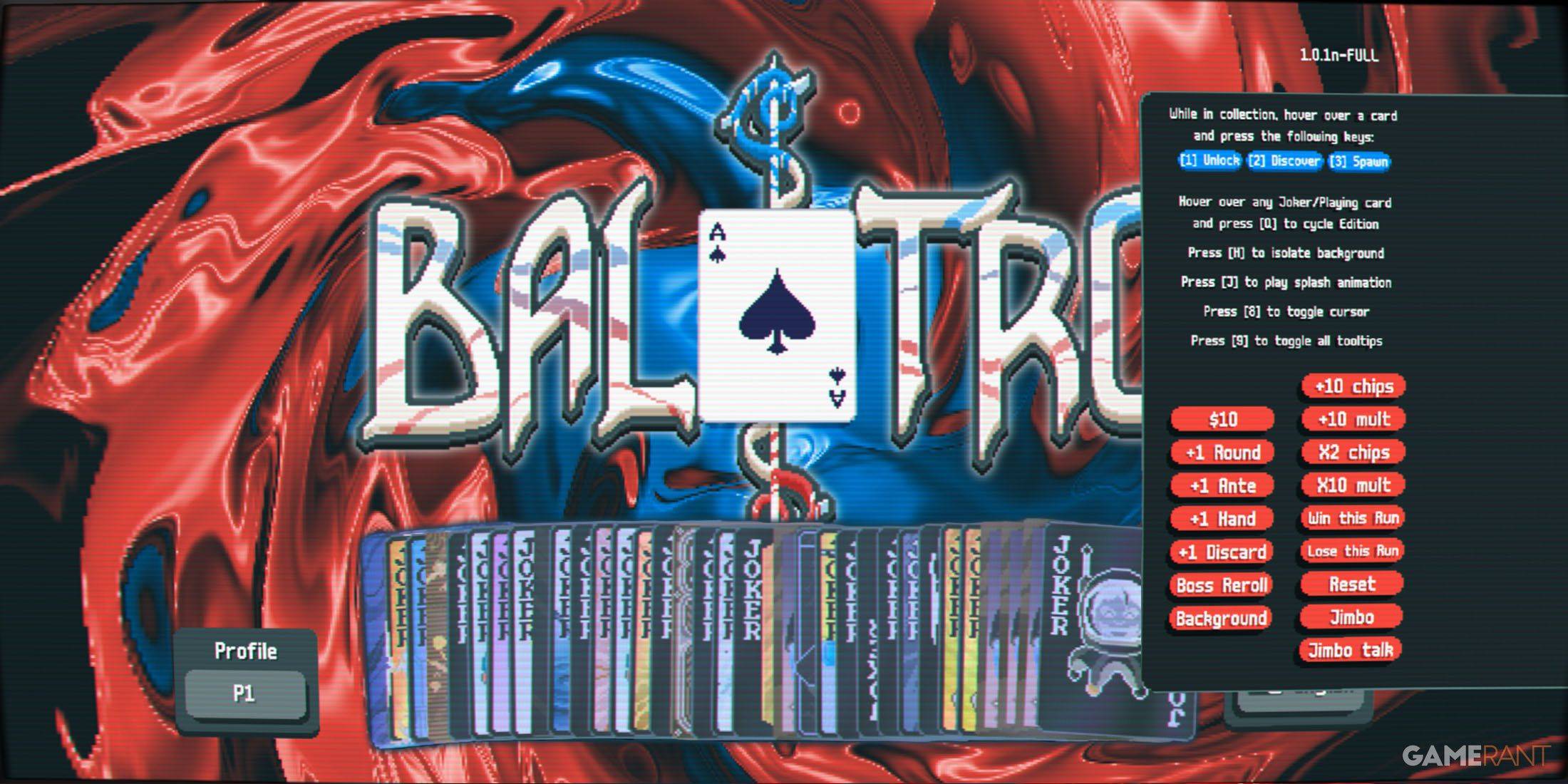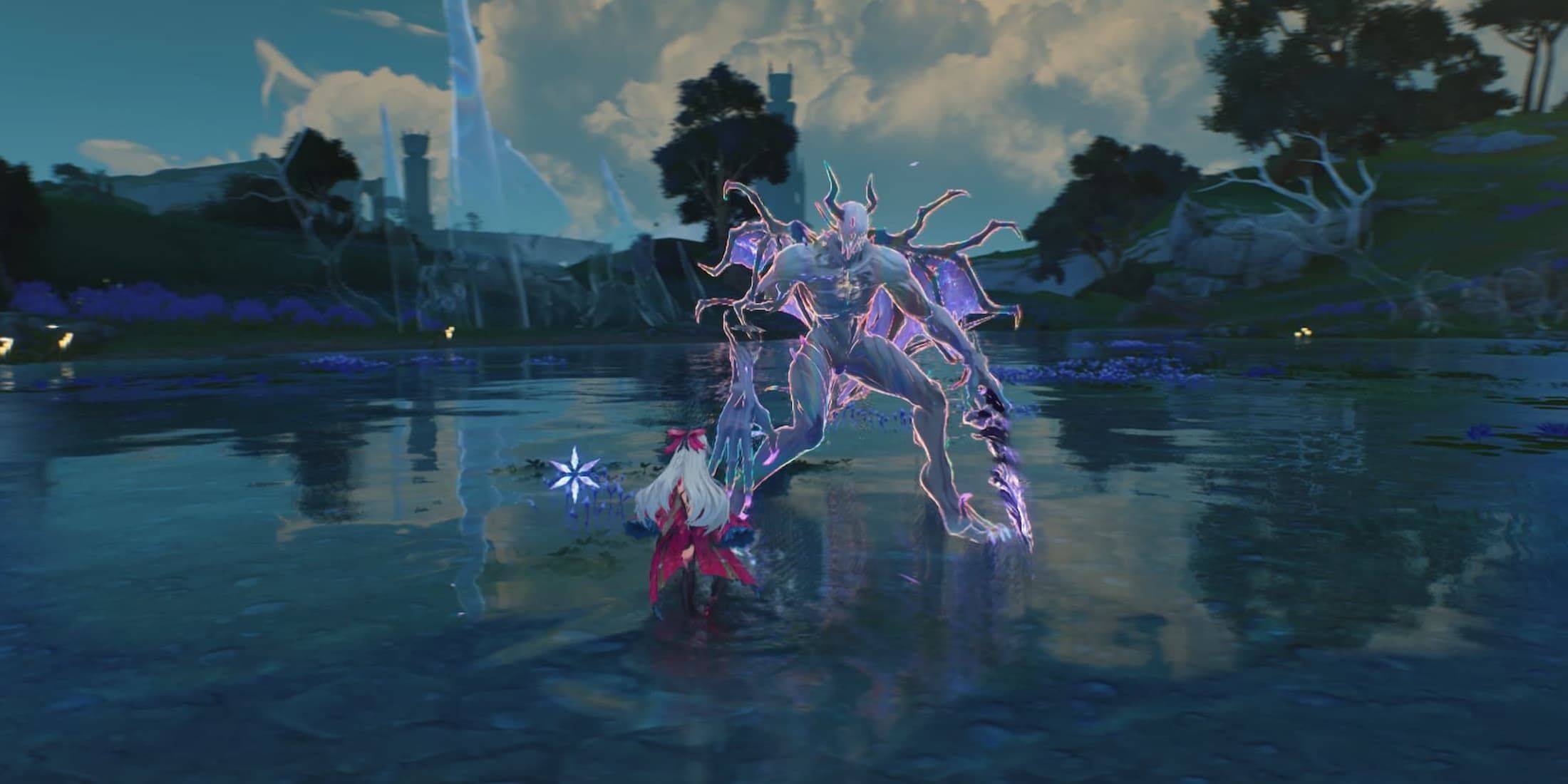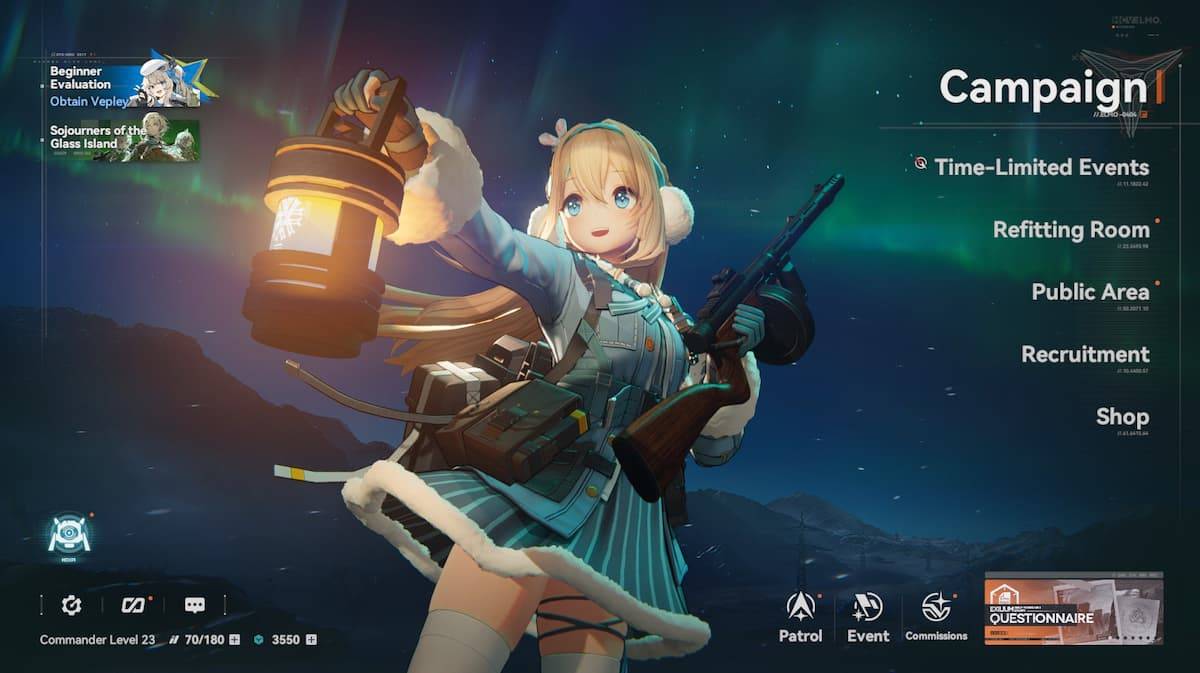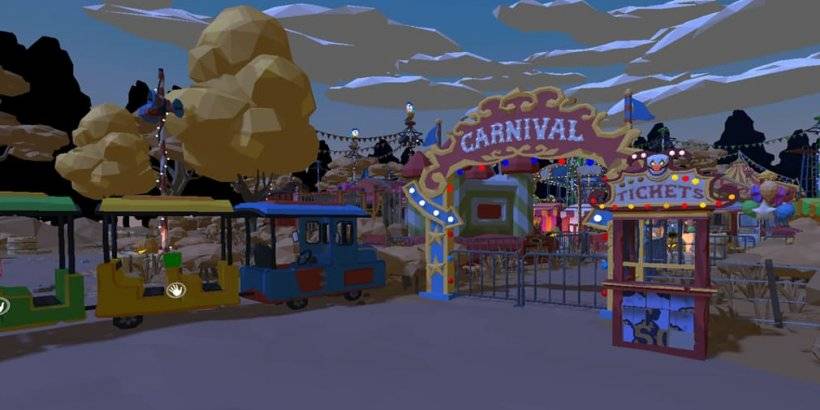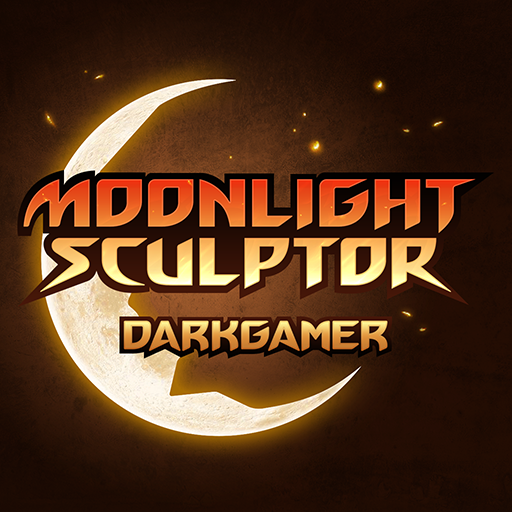How Doom’s Combat Evolves Alongside Modern Metal Music
The Doom series has long been intertwined with the world of metal music, a connection that's evident from the moment you hear its iconic soundtracks or see its signature demonic imagery. The game's aesthetic, filled with flames, skulls, and devilish creatures, mirrors the visual flair of an Iron Maiden concert. This bond with heavy music has evolved alongside Doom's gameplay, both undergoing multiple reinventions over the franchise's 30-year history. From its thrash metal roots, Doom has ventured through various metal sub-genres, culminating in the latest installment, Doom: The Dark Ages, which delivers powerful metalcore influences.
In 1993, the original Doom's soundtrack drew heavily from the metal scene of the late 80s and early 90s. Co-creator John Romero has openly acknowledged the influence of bands like Pantera and Alice in Chains, which is evident in tracks like "Untitled" from the E3M1: Hell Keep level, featuring a riff strikingly similar to Pantera's "Mouth of War." The broader Doom score embraced the thrash subgenre, echoing the sounds of Metallica and Anthrax, propelling players through Mars' corridors with a sense of urgency that matched the game's fast-paced action. Composer Bobby Prince's timeless soundtrack perfectly complemented the game's unforgettable gunplay.
Doom: The Dark Ages - Gameplay Screenshots
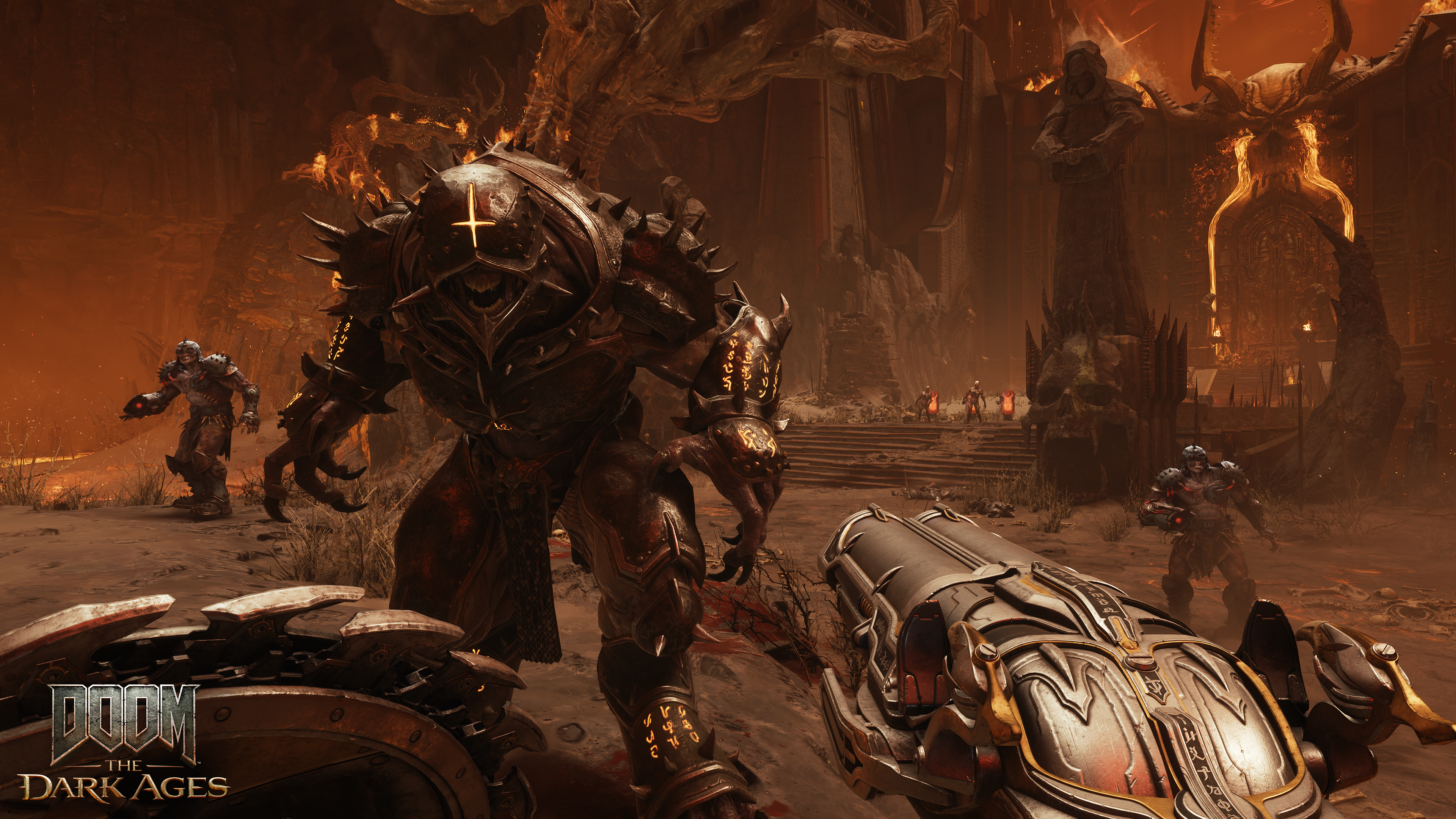
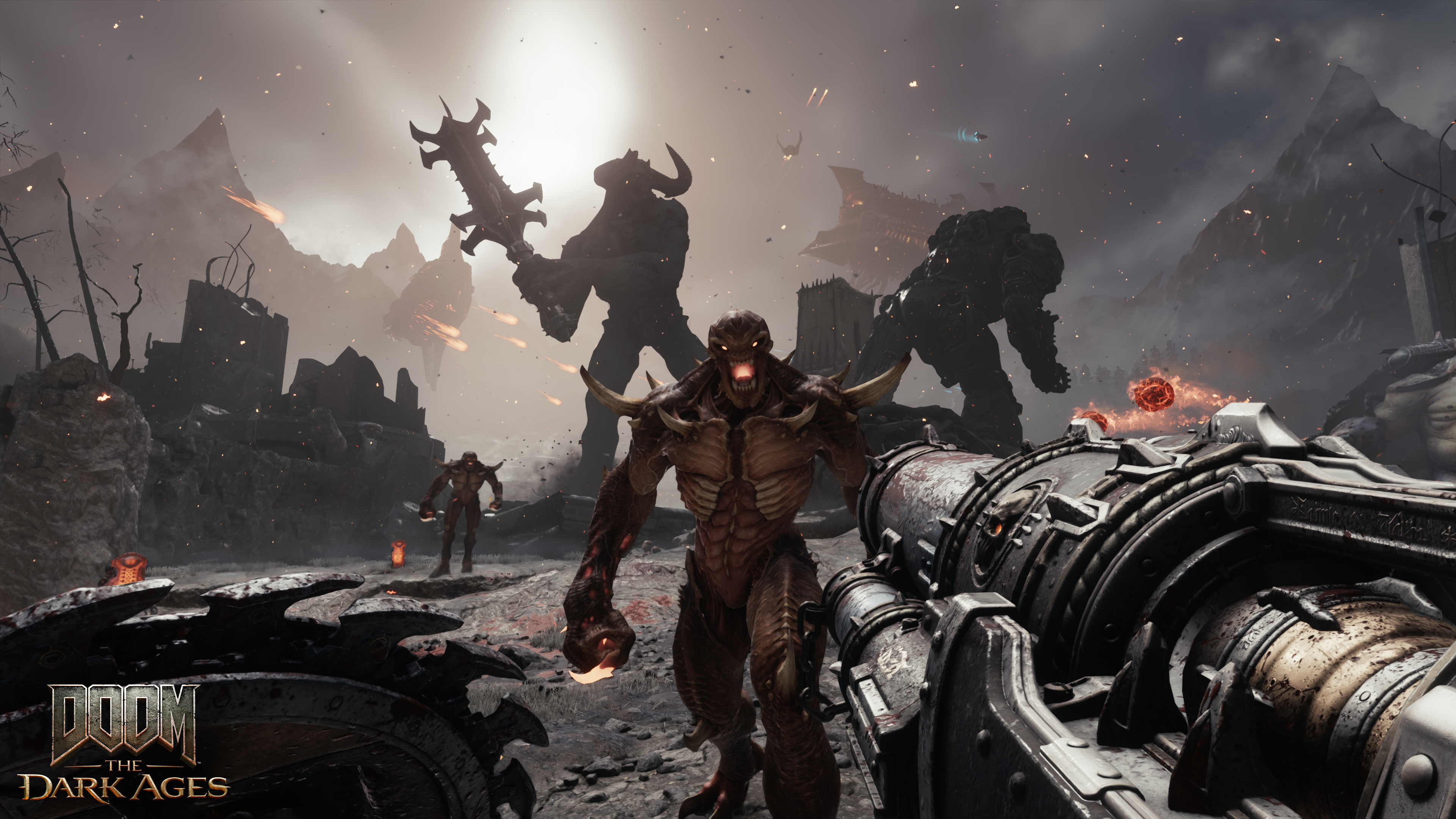 6 Images
6 Images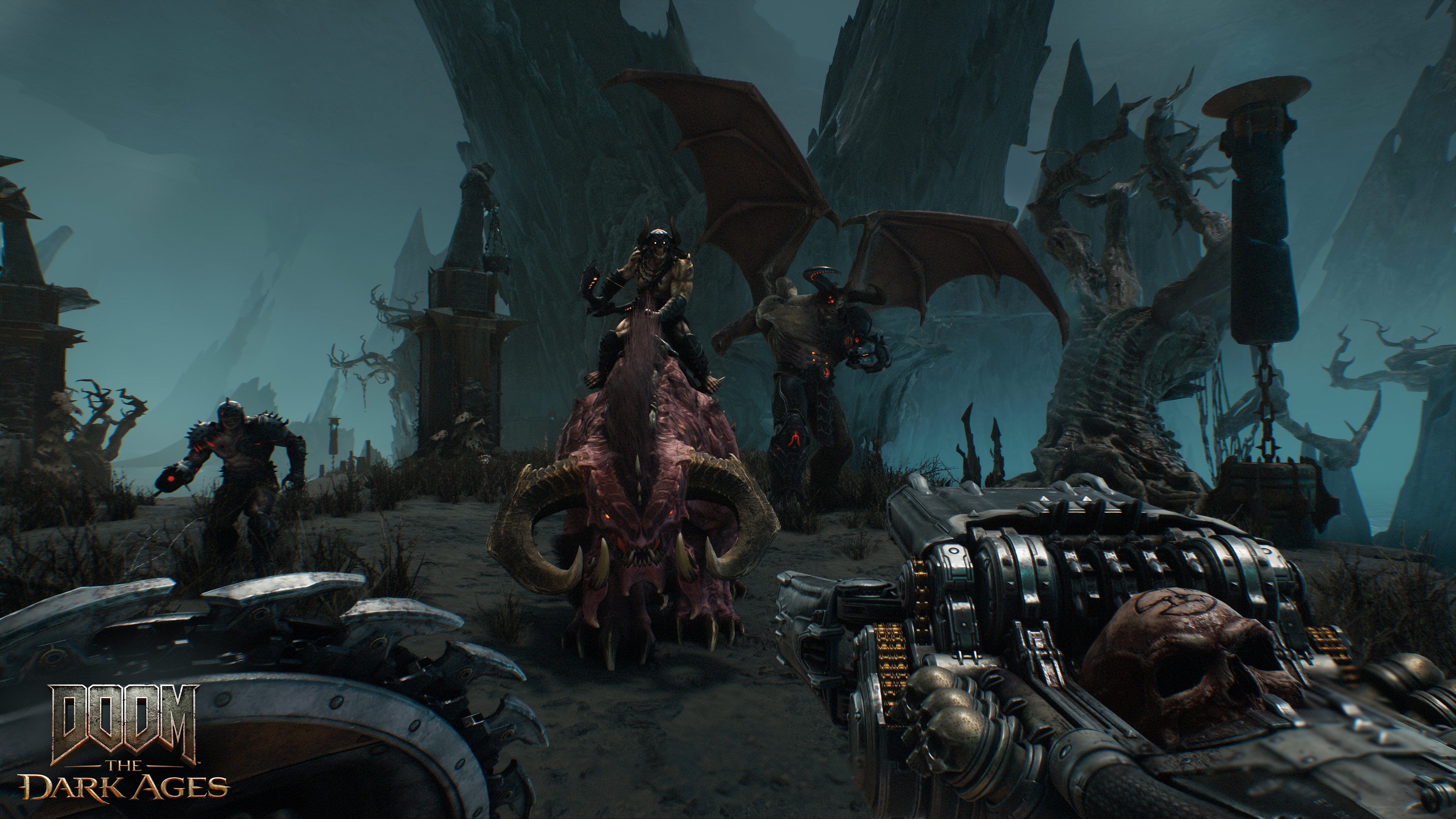
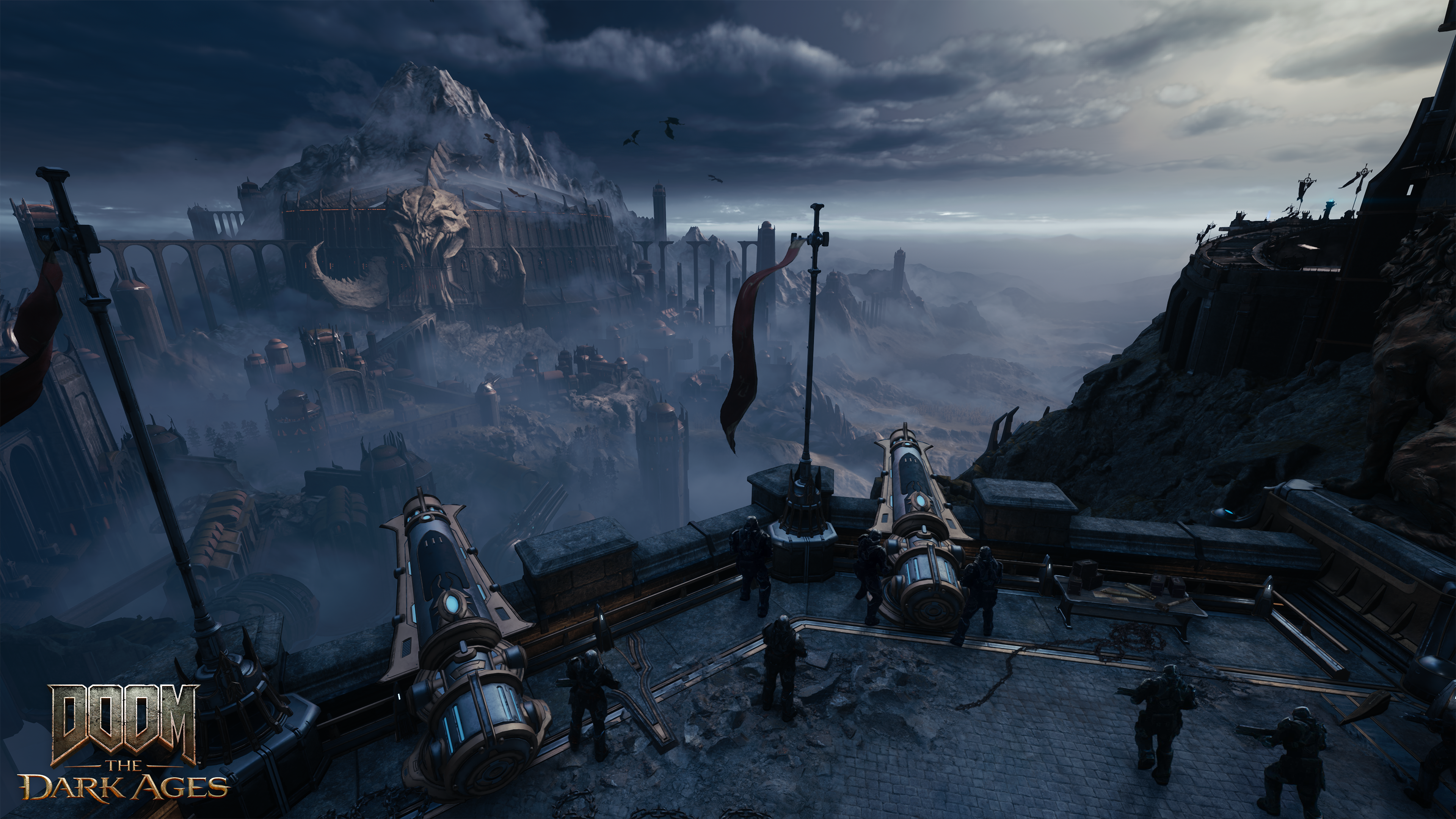
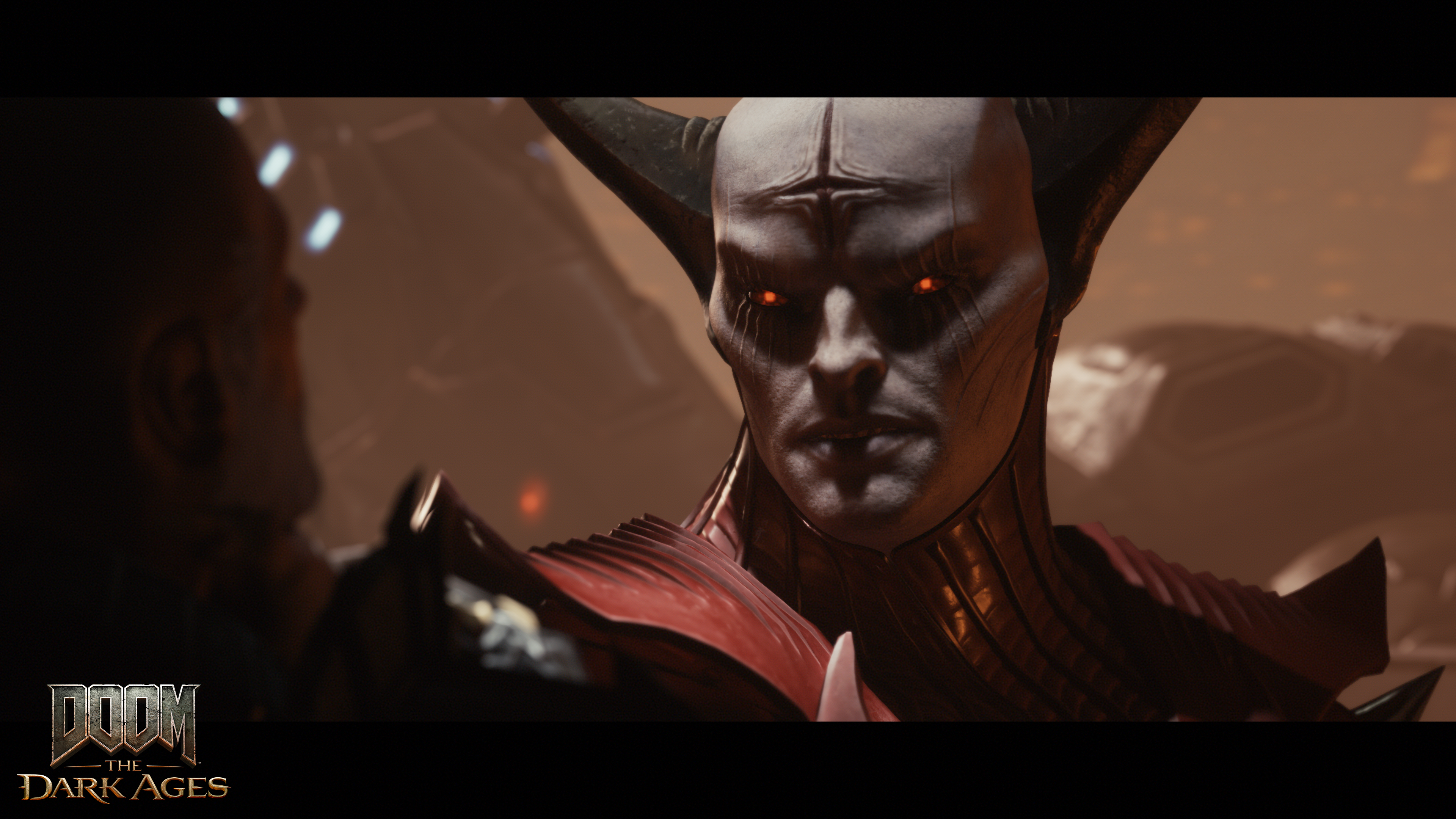
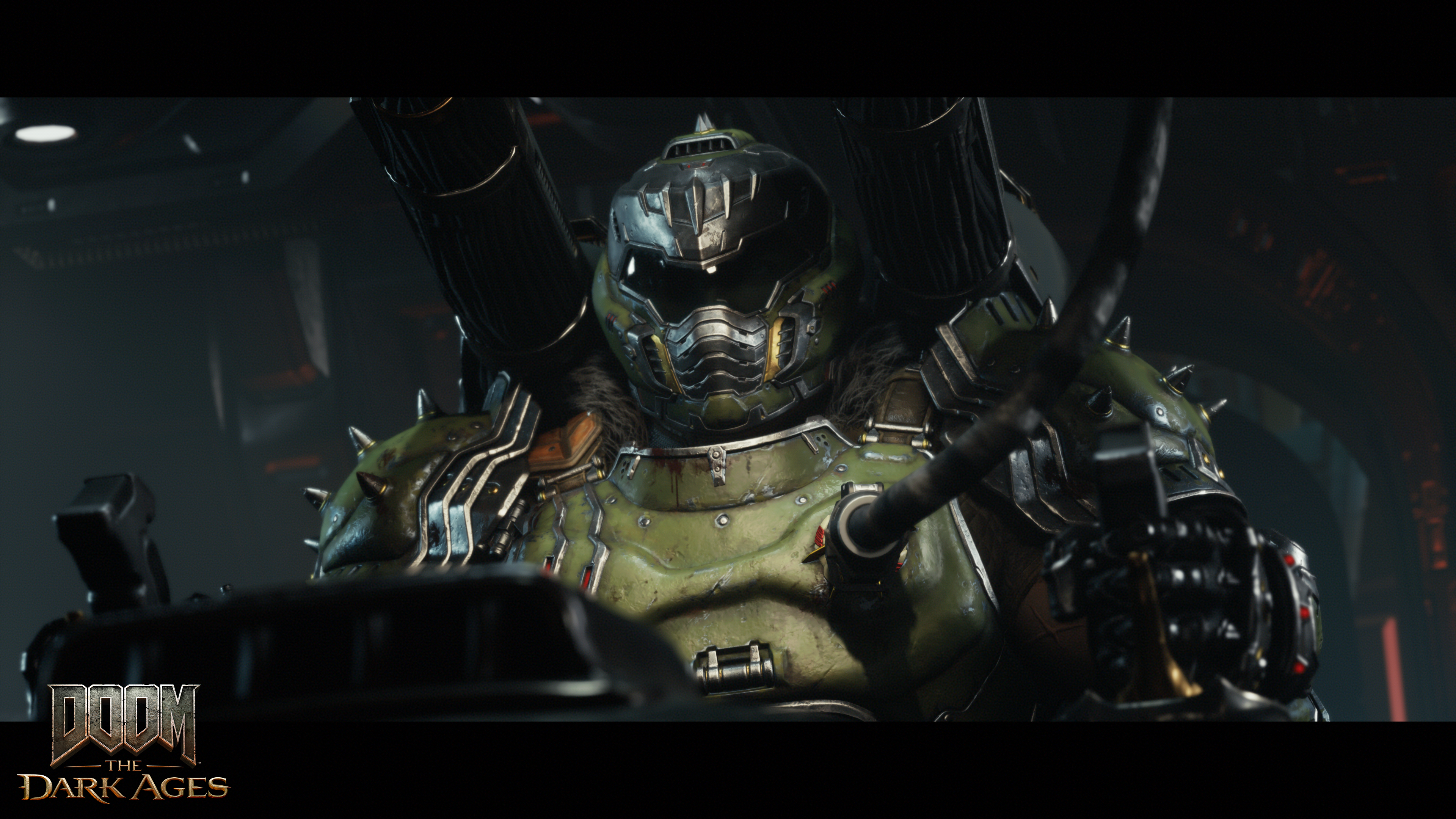
For over a decade, Doom's music continued to sync with its gameplay, until the experimental Doom 3 emerged in 2004. This survival horror-inspired game introduced a slower, more deliberate pace, necessitating a new sound. id Software sought fresh inspiration, and while Trent Reznor was initially considered for the sound design, it was Chris Vrenna and Clint Walsh who ultimately composed the main theme. Their work, reminiscent of Tool's "Lateralus," provided a fittingly eerie backdrop to Doom 3's sci-fi horror setting. Despite its commercial success, Doom 3's design is seen as an anomaly within the series, reflecting the broader evolution of FPS games during the early 2000s.
After a period of development challenges, Doom returned in 2016 with a complete overhaul. Directors Marty Stratton and Hugo Martin brought the series back to its roots, with Mick Gordon's soundtrack featuring sub-bass frequencies and white noise that created a heart-pounding experience. Doom 2016's score, often described as a playable djent album, became one of the most celebrated in video game history. The challenge then was to surpass this with Doom Eternal in 2020, which leaned further into the metalcore genre, reflecting the influence of bands like Bring Me the Horizon and Architects. Despite some controversy over the final mix, Gordon's impact was undeniable, blending crushing breakdowns with electronic elements.
Doom: The Dark Ages introduces a new chapter, with gameplay that shifts from Eternal's fast-paced action to a more deliberate pace, featuring a Captain America-like shield and massive mechs. The soundtrack, crafted by Finishing Move, draws from both past and present metal influences, blending the heavy breakdowns of Knocked Loose with thrash-like elements reminiscent of the original Doom. This evolution mirrors the broader trends in modern metal, with bands experimenting across genres.
As Doom: The Dark Ages promises to build on the series' legacy, it's clear that the game's combat and soundtrack will continue to be central to its appeal. With new gameplay elements like riding mythological creatures and piloting giant mechs, Doom is pushing boundaries while staying true to its roots. The excitement around heavy music and Doom's latest installment suggests that fans are in for a thrilling experience, with gunplay and a potentially new favorite metal album to look forward to in May.
Latest Articles



![Taffy Tales [v1.07.3a]](https://imgs.anofc.com/uploads/32/1719554710667e529623764.jpg)







